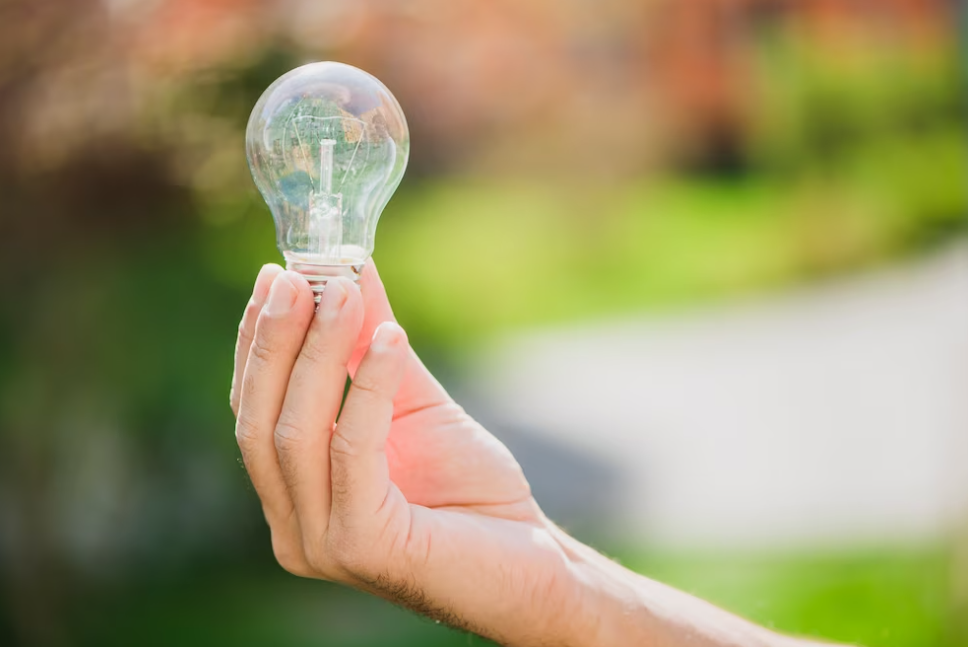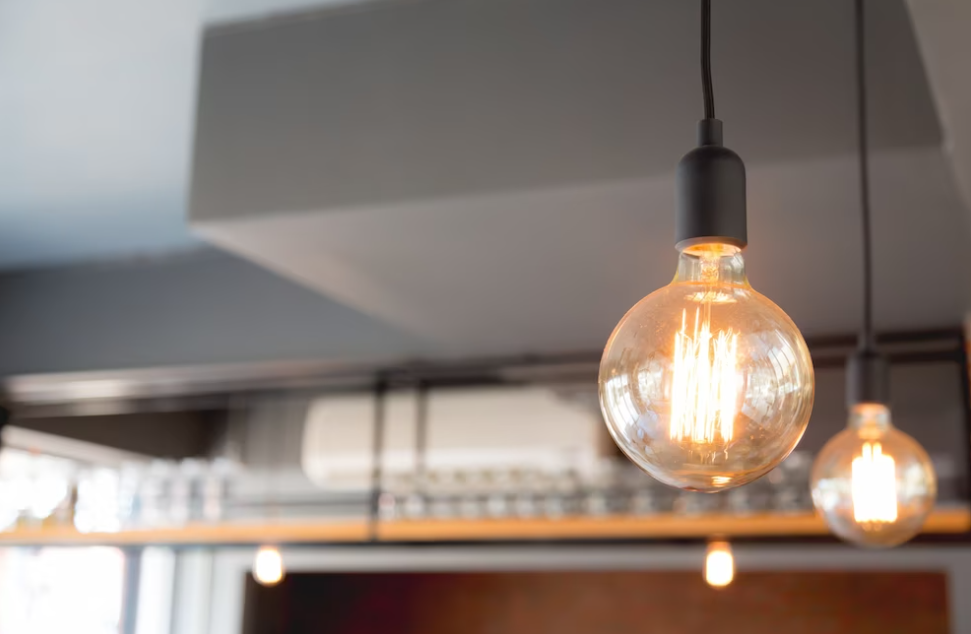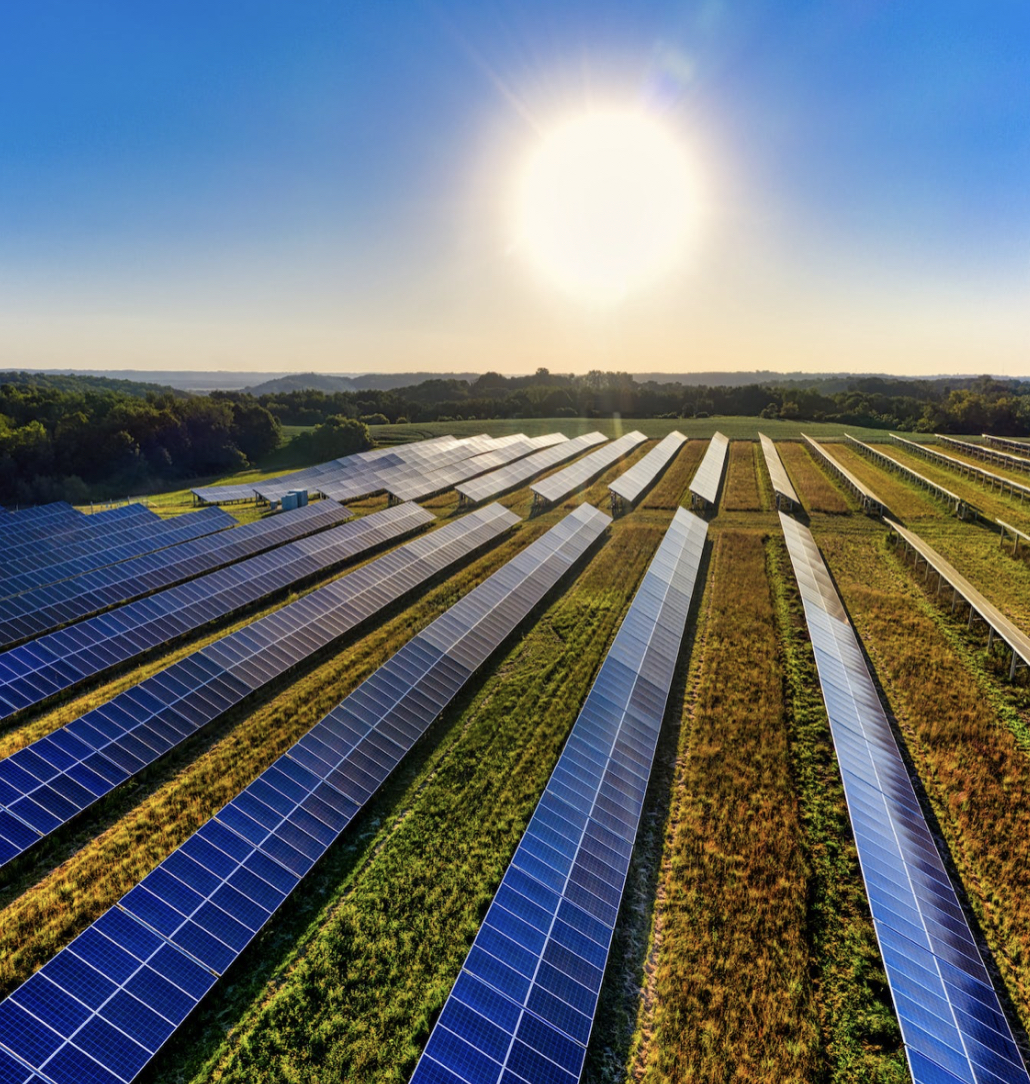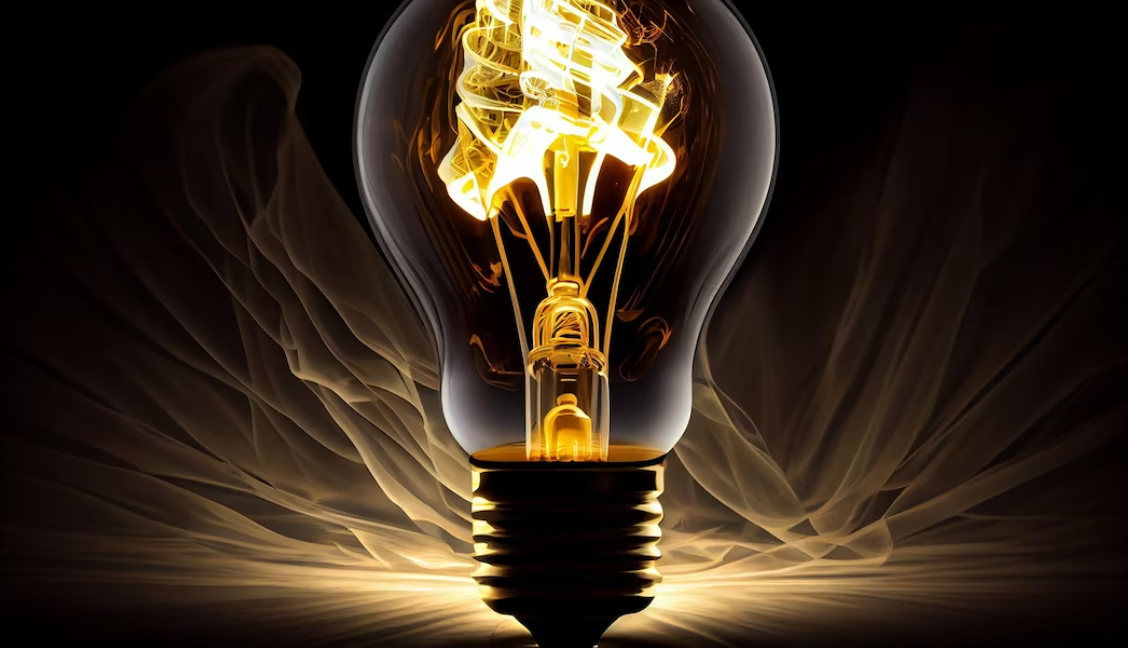Your lightbulbs are likely the most frequently used electrical devices in your home. From the early morning to late evening, they serve you, and you might even use them during midnight awakenings. But have you ever wondered how much electricity they consume when switched on? Should you be diligent about turning lights off when not needed, or is the impact negligible? Furthermore, does the type of bulb make a significant difference? Let’s address all these questions to shed light on energy usage and efficiency.
Light Bulb Electricity Consumption
Lightbulbs are highly efficient, using very little electricity to operate. Modern LED lightbulbs, the popular choice for most homes nowadays, typically consume around 4 to 10 watts, an incredibly small amount. While some older bulbs might use more power, residential ones rarely exceed 100 watts.
Yet, it’s crucial to keep in mind that even though individual lightbulbs use minimal electricity, the total count in your home can be significant. On average, a typical US household possesses between 40 and 45 lightbulbs. This number can add up quickly, especially when you consider lamps and rooms with multiple fixtures. For instance, kitchens often have spotlights or under-cabinet lighting, contributing to the overall count.
When calculating the total electricity usage of lightbulbs in your home, you’ll need to consider each bulb in use at any given time. However, having all 40 switched on simultaneously is unlikely unless you’re hosting a party with every room illuminated.
Light Bulb Watts: What’s the Significance?
The watt rating of a lightbulb indicates its electricity consumption, not its brightness, which is measured in lumens. While lumens determine the brightness of a bulb, many people still rely on watts, especially when comparing modern bulbs to older ones. In the past, incandescent bulbs offered consistent lumens for the watts, contributing to this habit.
However, with modern bulbs consuming fewer watts than incandescent ones, using watts as a measure of brightness becomes problematic. For instance, a 6-watt LED bulb can be as bright as a 60-watt incandescent bulb, leading to confusion when selecting the right wattage.
To address this, bulb manufacturers now often advertise both the actual wattage and the watt-equivalent for clarity. For example, an LED bulb may be labeled as a 6-watt bulb with a 60-watt equivalent.
While we should ideally focus on lumens to gauge brightness accurately, people are accustomed to judging brightness based on wattage, which is why manufacturers provide this information in both ways.
Exploring the Diversity of Lightbulb Options

In your home, you may be using four main types of lightbulbs, some are considered older technology, while others are the future of lighting. Within these types, you’ll find various brightness levels, fixtures, and bulb shapes. With so many options, it’s challenging to pinpoint a standard wattage for light bulbs.
However, for the sake of comparing power consumption, let’s examine these four main types of lightbulbs and also compare the different wattages of some common bulb types in the US.
| Bulb Type | Average Watts | Average Lumens | Average LPW | Cost to Run per Hour ($0.14 per kWh) | Cost to Run Yearly (1.6 hours per day) |
|---|---|---|---|---|---|
| Incandescent | 60 | 800 | 13 | $0.0084 | $4.91 |
| Halogen | 45 | 800 | 18 | $0.0063 | $3.68 |
| CFL | 15 | 800 | 50 | $0.0021 | $1.23 |
| LED | 8 | 800 | 100 | $0.0011 | $0.65 |
This comparison clearly highlights the remarkable efficiency of modern LED bulbs. They deliver the same brightness as old incandescent lights but at a significantly lower cost. While an annual difference of about $4.30 per bulb may not seem substantial, consider the impact when multiplied by 40 bulbs – yielding savings of over $150 per year.
Now, let’s proceed to compare some of the common halogen and LED bulbs available in the market:
| Bulb Type | Average Watts | Lumens | Lumens per Watt (LPW) | Cost to Run per Hour ($0.14 per kWh) | Cost to Run Yearly (1.6 hours per day) |
|---|---|---|---|---|---|
| Halogen – Dim | 28 | 370 | 13 | $0.0039 | $2.29 |
| Halogen – Bright | 70 | 1200 | 17 | $0.0098 | $5.72 |
| LED – Dim | 4 | 450 | 112 | $0.0006 | $0.32 |
| LED – Bright | 13 | 1500 | 115 | $0.0018 | $1.06 |
This comparison highlights the significant variation among different bulbs, illustrating how bulbs of the same type can vary greatly in brightness levels and their annual energy consumption. If you were using bright halogen bulbs before and decide to replace them all with bright LEDs, not only would you enjoy brighter lights, but you could also save almost $5 per year for each bulb.
Incandescent Bulbs Officially Prohibited
In the previous section, the focus was on discussing the types of bulbs commonly used at home, rather than the ones available for purchase. This distinction is because older lightbulb technologies, such as incandescent and halogen bulbs, are gradually being phased out.
In the US, new regulations mandate that any light bulb sold must meet a minimum requirement of providing 45 lumens per watt, effectively eliminating older technologies that fall below this standard. While Compact Fluorescent Lights (CFLs) still comply with the permitted limits, the intention behind these regulations is to encourage a widespread transition to LED bulbs. The US Department of Energy (DOE) estimates that this shift to LEDs could save American consumers approximately $3 billion annually on their utility bills.
Moreover, some other countries have taken more stringent measures by announcing an impending ban on fluorescent lights as well, ultimately making LEDs the sole option for lighting needs.
The Cost of Running a Light Bulb 24 Hours a Day
- The cost of running a lightbulb continuously for 24 hours varies depending on the bulb type, ranging from $0.20 to $0.02;
- Over a year, leaving a lightbulb permanently switched on could result in expenses between $73 and $7.30.
Additionally, it’s important to consider the different lifespans of bulb types. For instance, running an incandescent bulb constantly would likely cause it to burn out after around 40 days, given its average lifespan of 750 to 1,000 hours.
On the other hand, LED lights have significantly longer lifespans, lasting up to 50,000 hours. In theory, you could leave an LED light running non-stop for approximately 5 to 6 years without replacement.

Choosing the Right Wattage for Your Light Bulb
To identify the ideal lightbulb for a room, calculate the required footcandles, which indicate the necessary lumens per square foot. For bedrooms and living rooms, target 10-20 footcandles, while bathrooms and kitchens require 70-80 footcandles.
Footcandles offer valuable insights as they translate lumens into a more practical context. While a lightbulb consistently produces 800 lumens, its illumination differs when placed in a small room compared to a vast warehouse.
Footcandles essentially represent lumens per square foot, allowing you to measure a room and multiply it by the recommended footcandles to determine the necessary lumens of light required. Subsequently, this information aids in determining the wattage of the bulb needed.
Keep in mind that the required watts are a cumulative value. For instance, if your kitchen has 8 spotlights, divide the total lumens required by those 8 bulbs to determine the appropriate wattage for each bulb.
Let’s consider some examples to illustrate the process. For simplicity, we will use a 10ft x 10ft room in both instances.
- In a bedroom, the recommended footcandles range from 10 to 20. Assuming you have a single light source, you calculate the square footage (100 square feet) and multiply it by the footcandles. This means you would need between 1000 and 2000 lumens. You could then search for a bulb that offers lumens within this range, or you can use the fact that LEDs typically provide between 100 and 115 lumens per watt. Thus, you should opt for a single LED bulb with a wattage between 8 and 20 watts;
- Now, for the kitchen with 8 spotlights, aiming for 70 to 80 footcandles, you would multiply the square footage (100 square feet) by 70/80 to obtain between 7000 and 8000 lumens. Dividing these lumens by 8 spotlights, you require each bulb to deliver between 875 and 1000 lumens. Consequently, you need LED bulbs with wattages between 7 and 10 watts.
Here’s the complete recommended list of footcandles:
| Room | Recommended Footcandles |
|---|---|
| Living Room | 10-20 |
| Bedroom | 10-20 |
| Kitchen (Floor) | 30-40 |
| Kitchen (Worktop) | 70-80 |
| Dining Room | 10-20 |
| Hallway | 5-10 |
| Bathroom | 70-80 |
| Garage | 70-80 |
Conclusion
On an individual basis, light bulbs have minimal electricity consumption, especially with the transition to LEDs becoming more prevalent due to legislation. By utilizing the information provided, you can easily determine the appropriate LED bulbs for each room in your home.
With the shift to LEDs, there might be a temptation to be less diligent about turning lights off when not in use, considering the low cost of running most bulbs, which is less than a cent per hour. However, despite the cost savings and the long lifespan of LEDs, it’s still advisable to maintain good habits and switch off bulbs when not in use.








